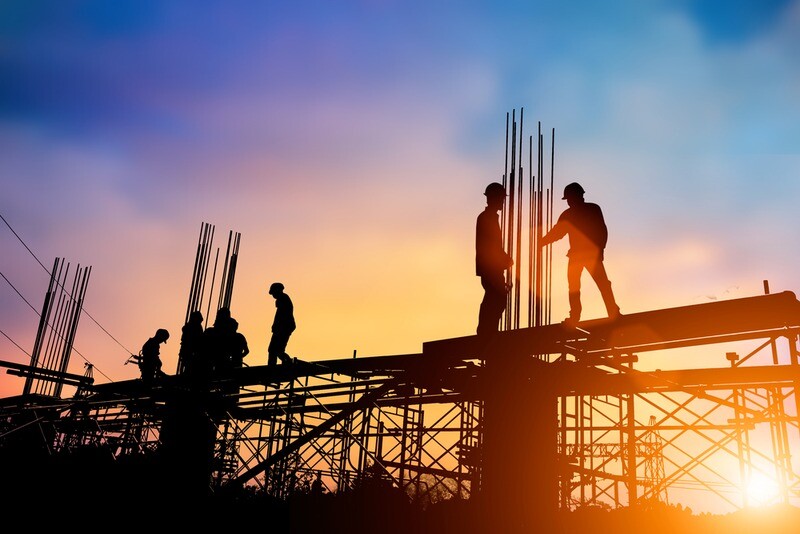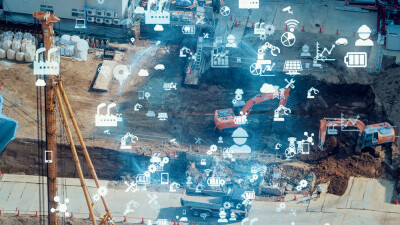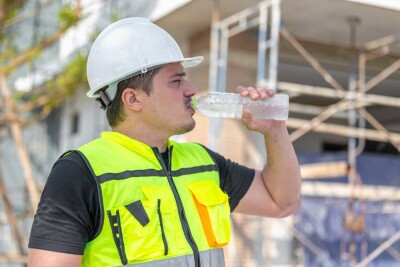This week is Construction Safety Week, an annual event focusing on the safety of those on the ground and in the field working on construction projects. This year, the week resonates even more than usual for many as statistics were recently released indicating that injuries and fatalities from construction rose in New York City by nearly 10 percent in 2022. Given how much construction is happening in urban areas around the world, it’s clear that changes need to be made, and this week was a good highlight of some of the ways the issue can be addressed.
Here at Geo Week News, generally when we discuss construction we are talking about technology developed for the sector which will improve revenues, streamline workflows, avoiding project delays that have plagued the industry for so long, and addressing worker shortages in the space. Those are all obviously important for the health of an industry which remains crucial for the global society, but it also is true that for project managers, the safety of workers on the ground must be priority number one. The good news is much of the technology we discuss can also help further those goals as well.
There are a lot of different technologies that can make construction sites safer for everyone – both those on the job on-site and those who live or work around the area – but I want to highlight just a few here, starting with uncrewed vehicles. Whether we’re talking drones or ground-based vehicles, autonomous or remotely controlled, their presence on construction sites has been going rapidly over the last few years. Often, they can work faster, or open up humans for other work, with many other non-safety benefits.
That said, they also provide crucial assistance to making construction sites safer. For one thing, they can feasibly capture areas that wouldn’t safely be captured by a human with a camera or laser scanner. Consider the proof-of-concept being developed by Exyn and Trimble. If successful, this type of autonomous tool could be sent into a building that needs renovations, capturing the site as is without risking a human having to move through a potentially dangerous situation. Further, drones can be flown through a jobsite during off-hours, capturing the site and identifying potentially dangerous areas for the next time workers return.
I’d also point to advanced visualization techniques which are becoming more common everywhere, including in the construction industry, and particularly things like augmented and virtual reality (AR/VR). This technology is still very much developing, and I suspect even in the next year we’ll see more use cases pop up to take advantage. That said, they can already be used to enhance safety on a job site. Take underground digging, for example. This can often be extremely dangerous for both workers and those in a surrounding area because of poor existing maps. However, as these maps get updated, subterranean infrastructure can be overlaid the physical environment using AR, making it much less likely these dangerous accidental strikes happen.
Looking at VR, a lot of the best use cases we see today are involving more of the design and planning phases of a project. That said, they can be utilized by on-site managers as well for new employees. We see this in factory and warehouse settings a little bit now, and as VR becomes more accessible and ubiquitous I suspect we’ll see it more. The basic idea, though, is that VR allows for some training to be done away from a job site, making new employees more prepared before actually entering a job environment. Part of the danger of job sites is under-trained workers being forced to use equipment with which they’re unfamiliar, something that can be at least mitigated by training first in a virtual environment.
Finally, I’d point to some of the “simpler” technologies like project management tools and other similar software. These kinds of things, produced by companies like Procore, aren’t always the flashiest tools, but they are extremely valuable. In particular, they’re valuable when they’re made in mobile-friendly formats. Any danger from a construction site is, of course, actually on-site, meaning any tool that you can only access from a desktop is not going to be particularly useful for safety measures. Being able to have things like documentation, up-to-the-minute updates, and alerts accessible on phones and tablets that can be carried around a site can be the difference between injury and a non-event.
That’s really just scratching the surface of some of the safety enhancements that can be derived from new technological innovations. It’s also just the beginning, as it’s not hard to imagine even more powerful solutions being developed in the coming years. We touched on that with the advanced visualization, but this also applies to artificial intelligence. AI is the buzzword in the tech world at the moment, and tremendous amounts of money are being poured into the space to develop all kinds of solutions. I’ve already seen some tools claiming to be able to detect danger in real time on a job site using AI and machine learning, and while I’m still not sold on some of these tools' effectiveness right now, I have little doubt we’ll see this technology being used in the field sooner than later.
The construction industry is undergoing an oft-discussed boom in technological adoption, and while most of the focus – including here – has been on other effects, perhaps no attribute is more important than their ability to make job sites safer.






